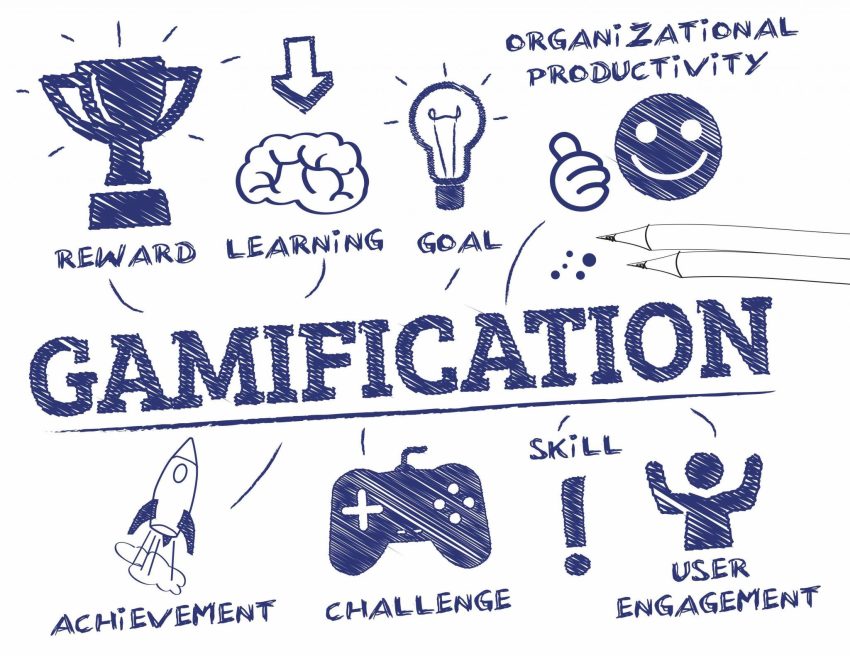In today’s fast-paced world, technology has become an integral part of our daily lives. From smartphones to social media, we rely on technology for communication, entertainment, and information. With the rise of e-learning platforms and online education, there is a growing need for innovative and engaging ways to deliver educational content. This is where gamification comes in.
What is Gamification?
Gamification is the application of game design elements and principles in non-game contexts, such as learning experiences. By incorporating elements like points, badges, leaderboards, and rewards, gamification aims to make learning more engaging, interactive, and fun. It taps into human psychology, motivation, and behavior to drive desired outcomes.
The Benefits of Gamification in Learning
There are several benefits to integrating gamification into learning experiences:
Engagement:
One of the primary benefits of gamification is increased engagement. By adding game elements like challenges, levels, and rewards, learners are more motivated to participate and complete tasks. This can lead to higher retention rates and better learning outcomes.
Interactivity:
Gamification promotes interactivity by allowing learners to actively participate in the learning process. Through quizzes, simulations, and interactive content, learners can apply their knowledge in a practical and engaging way. This hands-on approach enhances learning and retention.
Motivation:
By tapping into people’s innate desire for achievement, competition, and recognition, gamification can boost motivation levels. Setting goals, earning rewards, and competing with peers can inspire learners to stay focused and committed to their learning goals.
How to Implement Gamification in Learning Experiences
Here are some tips for integrating gamification into learning experiences:
Define Learning Objectives:
Before implementing gamification, it is essential to define clear learning objectives and goals. Understand what you want learners to achieve and how gamification can help them reach those goals. Align game elements with learning outcomes to ensure effectiveness.
Choose the Right Platform:
There are many gamification platforms and tools available that can help you create interactive and engaging learning experiences. Choose a platform that aligns with your goals, audience, and budget. Consider factors like customization options, analytics, and scalability.
Design Engaging Game Elements:
Create game elements that are visually appealing, intuitive, and rewarding. Incorporate challenges, levels, points, badges, and leaderboards to incentivize learners and drive engagement. Make sure the game elements are relevant to the content and enhance the learning experience.
Provide Feedback and Rewards:
Feedback is crucial in gamification to guide learners and reinforce desired behaviors. Provide real-time feedback on performance, progress, and achievements. Reward learners with points, badges, certificates, or unlockable content to motivate and recognize their efforts.
Case Studies: Successful Examples of Gamification in Learning
Many organizations and institutions have successfully implemented gamification in learning experiences. Here are a few notable examples:
Duolingo:
Duolingo is a language-learning platform that uses gamification to make the learning process fun and engaging. Users earn points, unlock levels, and compete with friends while learning a new language. The platform’s interactive exercises and real-time feedback help users stay motivated and track their progress.
Khan Academy:
Khan Academy, an online education platform, incorporates gamification elements like badges, energy points, and mastery challenges to encourage students to practice and master various subjects. By completing exercises, watching videos, and earning rewards, students can learn at their own pace and stay motivated.
Conclusion
Gamification has the potential to revolutionize the way we learn and engage with educational content. By integrating game elements into learning experiences, we can make education more interactive, engaging, and effective. Whether you are a teacher, trainer, or learner, embracing gamification can enhance the learning experience and drive better outcomes.

